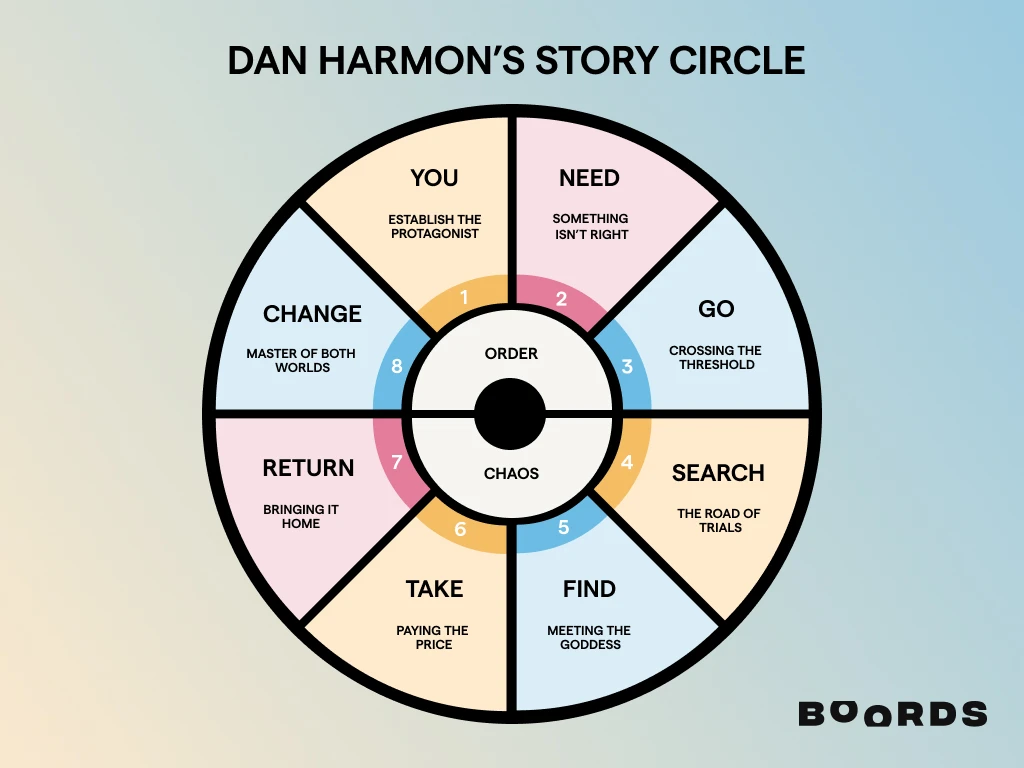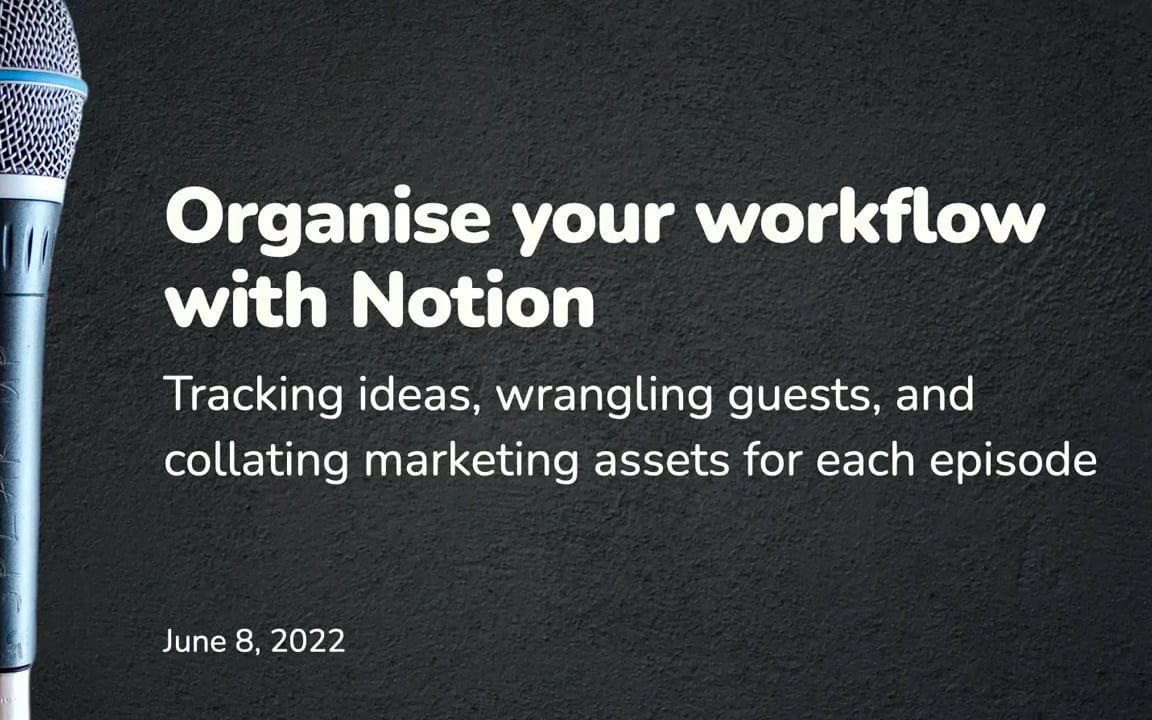If you have a blog, a newsletter, a podcast, a YouTube channel, or you make regular short-form videos – essentially if you make any kind of regular Internet stuff we call “content” – you’ll at some point exhaust your backlog of ideas. Then each time you come up with a new one it feels like a lucky escape.
As 2024 shuffles itself out of bed, I want to present some options to help you get to grips with your content backlog, so you’ve always got something to delight your fans.
A year of themes
You might have a content calendar already. If not, now’s a good time to get one setup. But before we get too in-the-weeds, we’re going to divide our year up into themes.
These will help guide our thinking around the content we’ll make, so we’re not pulling from the entirety of human existence when we come sit down and make something!

Taking a cue from nature
A great way to come up with themes is to note the passing of the seasons. Not only do seasons bring a change in weather, they also inform our mindset.
-
🍃 Spring is about starting new things, or re-committing to promises we made on December 31st.
-
⛱ The summer is about putting those new ideas into action.
-
🍁 Autumn gives us a mini-reset after summer’s activity. It’s a time to check in on those commitments, make sure they’re still serving us, and continue working towards them.
-
❄️ Winter is about conserving energy, and of taking stock.
Seasons don’t completely line up with the Gregorian calendar, but if you’re in the northern hemisphere you can fudge it quite easily.

The Story Cycle
If nature doesn’t feel right, another way of carving up the year is to use a variation on the Hero’s Journey.
Dan Harmon is a TV writer who perfected the Story Circle method, which gives us a perfect scaffold for our year of content:
- You: A character is in a zone of comfort…
- Need: but they want something.
- Go: They enter an unfamiliar situation…
- Search: adapt to it…
- Find: get what they wanted…
- Take: pay a heavy price for it…
- Return: then return to their familiar situation…
- Change: having changed.
What’s nice about this is as that it’s cyclical, so you can reset and start again.
Now, divide up your calendar
Think about the thees you want to address, that correlate with how your clients or customers are feeling. What kind of moods or modes of thinking are they in at different parts of the year?
You can go as broad as seasonal, or as granular as monthly. For my daily podcast, I do both: I have 3 seasons (broadly focused on planning, execution, and reflection), which each have 4 monthly themes (this month the theme is Commitment, and in February it’ll be Connection).
Once your year is divided up into segments, your next job is to plan your first segment’s worth of content. It needn’t be a month; it could be 6 weeks or more.
So taking your first theme, write down as many rough headlines for blog posts, emails, or podcast episodes as you can in 15 minutes. Don’t edit just yet – just try and stick to your theme.
After you’ve done, and maybe had a coffee, come back and edit. Then when you’re ready, transfer your ideas to your content calendar.
How this helps me
I’ve the daunting task of coming up with 260 pieces of content this year, for Morning Creative alone. That’s insane, quite frankly.
But by having monthly themes to guide my thinking, I can be a little surer that I’ll be able to provide the right sort of thinking to my listeners at the right time.





Add your response